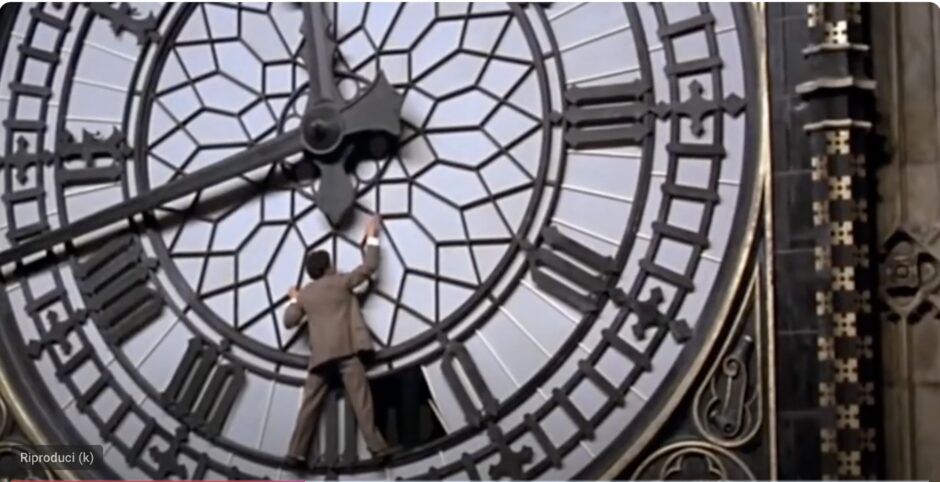From Dec. 21, 2024 to Feb. 17, 2025, the Museum of Modern Art in New York MoMA will offer visitors a screening of “The Clock” (2010) by Christian Marclay. At the museum’s second-floor hall, visitors will be able to view not a film but a 24-hour montage composed of thousands of film and television clips that have as their central theme the clock and time.
To create this particular work, Marclay collected, selected and intersected about five decades of visual and aural fragments, creating a complex harmony of images and sounds. With the help of his assistants, the author spent three years meticulously editing “The Clock,” the meaning of which is to “look at the world” through this visual and sound stream that traces the history of cinema interpreted as both a “mirror of reality” and an escape from it. Indeed, this is an increasingly central paradox in today’s daily life in which images are everywhere and transmitted instantaneously through streaming and artificial intelligence services.
“The Clock ” is thus an ideal time travel through the past that aims to lead one to reflect on the awareness of our present that is inevitably elusive in its becoming. The work falls under Marclay’s so-called “film collage works,” but in this case, the time on the screen corresponds to the actual time of day wherever this is projected. To cite a brief example, in“TheClock,” James Bond checks his watch at 12:20 p.m., Meryl Streep turns off an alarm clock at 6:30 a.m., a pocket watch trills at 11:53 a.m. as the Titanic is about to depart … and each clip is synchronized with local time.
As noted on MoMA’s website, the half-Swiss American artist Christian Marclay has devoted his career to exploring the processes of transformation that make the intangible a concrete, saleable commodity. The artist starts with materials such as vinyl records, cassette tapes and Hollywood films, which he then “deconstructs.” “I am constantly dealing with the contradiction between the material reality of the art object as a thing and its potential immateriality,” Marclay explains.












